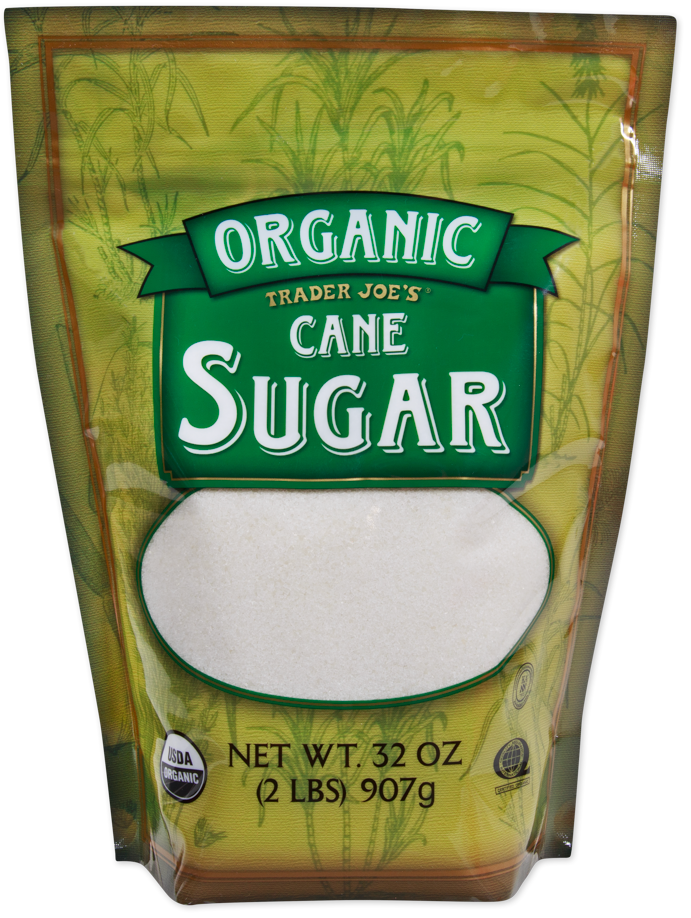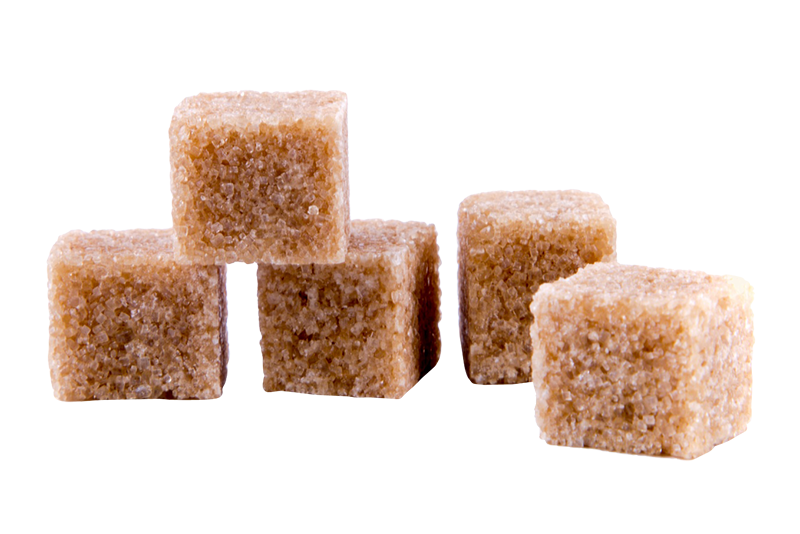Advanced Cane Sugar Processing: Enhancing Effectiveness and Sustainability
Advanced Cane Sugar Processing: Enhancing Effectiveness and Sustainability
Blog Article
A Comprehensive Overview to the Ecological Impact and Sustainability Practices in Cane Sugar Processing
The environmental effect of cane sugar processing presents a complex range of difficulties that warrant cautious examination. From soil deterioration and extreme water use to the carbon impact related to farming and manufacturing, the repercussions of traditional practices are far-reaching. In contrast, the adoption of innovative sustainability steps provides a path towards extra liable manufacturing techniques. Comprehending the interplay in between these issues is critical for stakeholders in the sector. What certain methods can be executed to strike a balance in between performance and ecological stewardship? The solutions hinge on a closer consider both the obstacles and prospective services.
Introduction of Walking Stick Sugar Handling
Cane sugar processing includes a collection of methodical actions that change sugarcane into refined sugar. Originally, collected sugarcane is delivered to refining centers, where it undergoes cleansing to get rid of soil and particles. Following this, the walking stick is crushed to draw out juice, which is then cleared up by removing pollutants through heating and the enhancement of lime.
The clarified juice undertakes dissipation, where water is gotten rid of to concentrate the sugar web content. These crystals are separated from the staying syrup using centrifugation, resulting in raw sugar.
The last product is then dried out and packaged for distribution. Throughout this whole process, maintaining efficiency and top quality control is necessary to guarantee the sugar meets industry standards. Each action in cane sugar processing not just adds to the final item yet also has implications for resource usage and waste generation, establishing the stage for discussions on sustainability and environmental effects connected with sugar manufacturing.
Ecological Challenges of Production
The production of walking cane sugar presents several significant environmental obstacles that warrant attention. One key problem is the extensive usage of agrochemicals, consisting of fertilizers and chemicals, which can cause dirt destruction, biodiversity loss, and contamination of local water resources. The runoff from sugarcane areas usually carries these chemicals into nearby communities, interrupting aquatic life and influencing the health of communities reliant on these water bodies.
One more obstacle is the high power consumption connected with sugarcane handling. The boiling and refining stages require significant warm, primarily created by melting fossil gas, adding to greenhouse gas emissions. Additionally, the expansive land location required for sugarcane cultivation can bring about deforestation and environment damage, more intensifying environment adjustment and threatening wild animals.
In addition, the labor methods in some areas increase ethical issues, as workers may encounter inadequate working conditions and inadequate salaries. This circumstance commonly perpetuates a cycle of poverty in regional areas. Cane Sugar Processing. Attending to these environmental difficulties is important for establishing more sustainable techniques in walking stick sugar production, ultimately profiting both the environment and the areas associated with this sector
Water and Land Usage Impact
Water resources and land usage are vital parts in the cane sugar sector that considerably impact the environment. The farming of sugarcane needs considerable water input, with quotes suggesting that it can consume approximately 2,000 liters of water per kilo of sugar produced. This extensive use water usually leads to deficiency of regional water sources, affecting not only the sugarcane plantations yet likewise bordering ecosystems and areas that depend on the very same water resources for agriculture and domestic use.

Moreover, land usage for sugarcane cultivation can lead to deforestation and the conversion of natural environments right into monoculture haciendas. This practice reduces biodiversity, interrupts neighborhood communities, and adds to soil destruction. The expansion of sugarcane areas frequently intrudes on valuable agricultural land, creating competitors for sources between food and biofuel manufacturing.
Lasting methods, such as optimizing watering techniques and implementing crop turning, are necessary to reduce these influences. By adopting extra effective water use and land management approaches, the walking cane sugar industry can decrease its ecological impact, making certain a balance between farming efficiency and ecological conservation.
Greenhouse Gas Emissions
Greenhouse gas emissions represent a considerable ecological worry within the walking cane sugar handling market, particularly as farming methods increase to satisfy worldwide need. The cultivation of sugarcane, a crop that flourishes in exotic environments, relies heavily on synthetic fertilizers and chemicals, which contribute to nitrous oxide emissions. In addition, land-use adjustments, including logging for brand-new sugarcane haciendas, launch carbon dioxide kept in plants and dirt.
During handling, energy intake is one more significant source of greenhouse gas discharges - Cane Sugar Processing. Several sugar mills use fossil fuels to power equipment and create warmth, leading to significant carbon footprints. Additionally, the transport of raw sugarcane and finished read items adds layers of discharges via gas combustion in automobiles
This entails evaluating present agricultural methods, processing techniques, and transport systems to identify locations for improvement and mitigation. Addressing greenhouse gas emissions is important for promoting an extra sustainable walking cane sugar sector in an altering climate.

Lasting Practices and Innovations
Sustainable methods and developments are significantly important in the walking stick sugar handling industry as stakeholders seek to minimize ecological effects while preserving performance. One significant development is the implementation of integrated crop monitoring, which optimizes source usage by incorporating soil monitoring, insect control, and plant turning techniques. This strategy enhances return while lessening chemical inputs and protecting soil health.
Moreover, the adoption of renewable energy resources, such as biomass from sugarcane residues, has obtained grip - Cane Sugar Processing. By converting waste items into power, processing facilities can decrease their reliance on fossil gas, therefore lowering greenhouse gas discharges
Water monitoring practices have also seen improvements with the recycling and reusing of water in processing plants, considerably decreasing freshwater consumption. Advancements in modern technology, such as precision farming, enable farmers to keep an eye on crop health and wellness and source use much more properly, guaranteeing sustainable cultivation practices.
Furthermore, certification programs like Fair Profession and Rain forest Alliance urge ecologically liable farming practices and advertise social equity within the supply chain. By accepting these sustainable techniques and advancements, the cane sugar handling sector can enhance its strength and add positively to environmental stewardship.
Conclusion
The ecological effect of cane sugar processing provides substantial challenges, consisting of dirt degradation, high water usage, and greenhouse gas emissions, alongside moral problems connected to labor techniques. Attending to these problems through sustainable practices, such as integrated crop monitoring, renewable power adoption, and water recycling, is essential. By promoting ecologically liable and socially fair techniques in sugar production, the sector can mitigate its damaging results, making certain a much more lasting future for use this link both ecosystems and like it communities included in this sector.
Cane sugar handling involves a series of systematic steps that transform sugarcane right into refined sugar. Each step in cane sugar handling not just adds to the last product yet likewise has effects for resource usage and waste generation, establishing the phase for conversations on sustainability and environmental impacts connected with sugar production.
Greenhouse gas discharges represent a substantial ecological concern within the walking cane sugar handling industry, especially as farming techniques expand to satisfy international need.Lasting practices and advancements are progressively important in the walking cane sugar handling industry as stakeholders seek to lower ecological influences while keeping productivity.The environmental impact of cane sugar processing provides substantial challenges, consisting of dirt deterioration, high water consumption, and greenhouse gas discharges, alongside moral worries connected to labor techniques.
Report this page